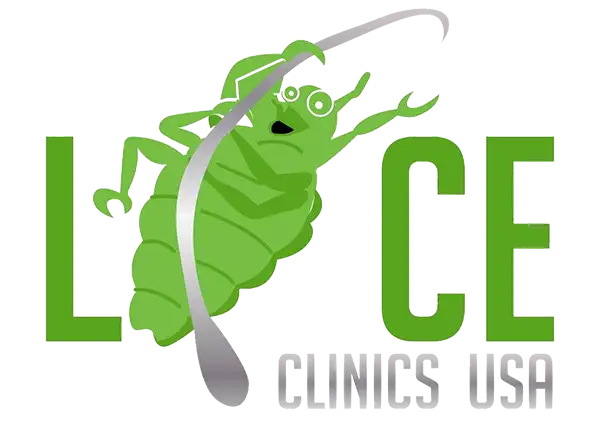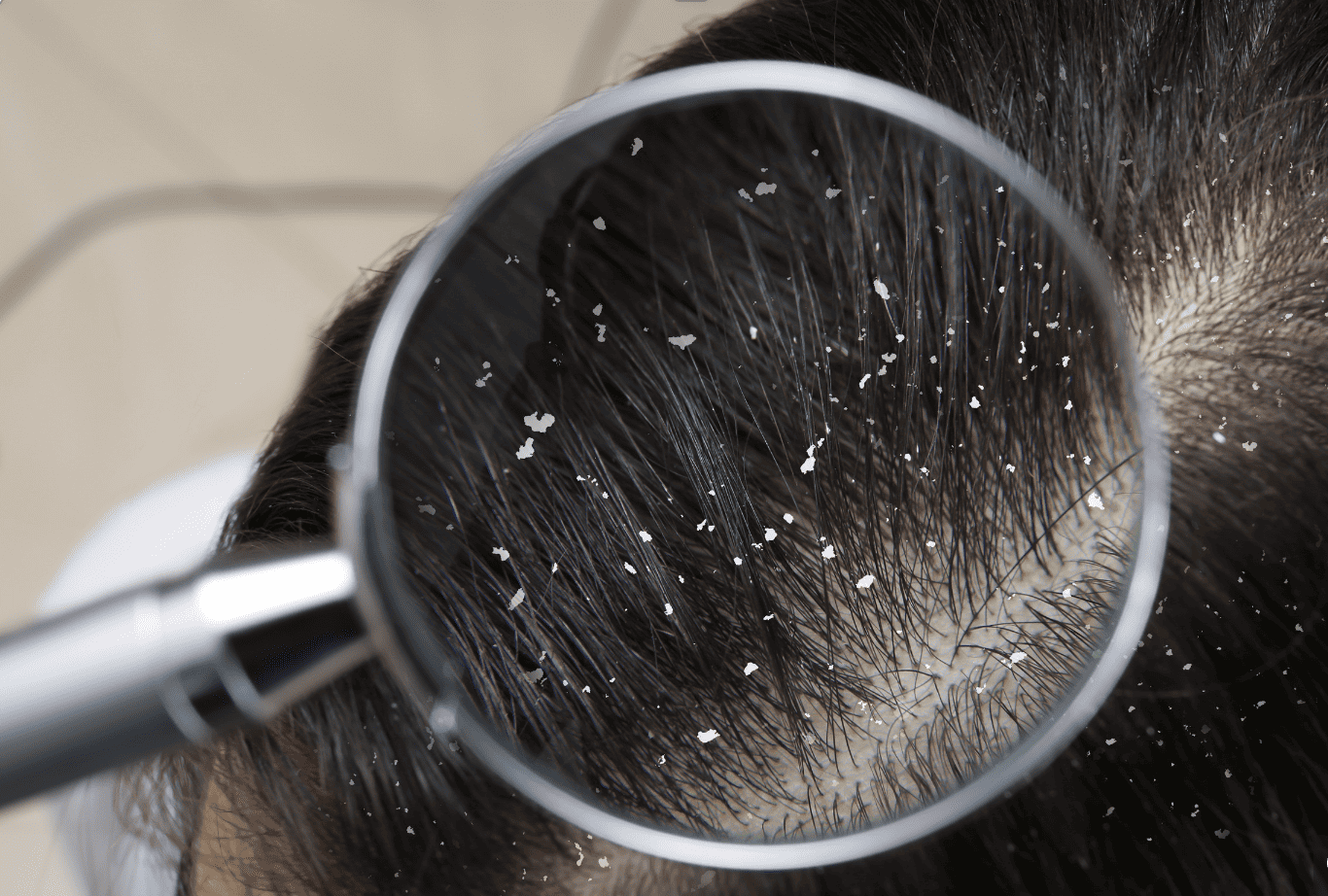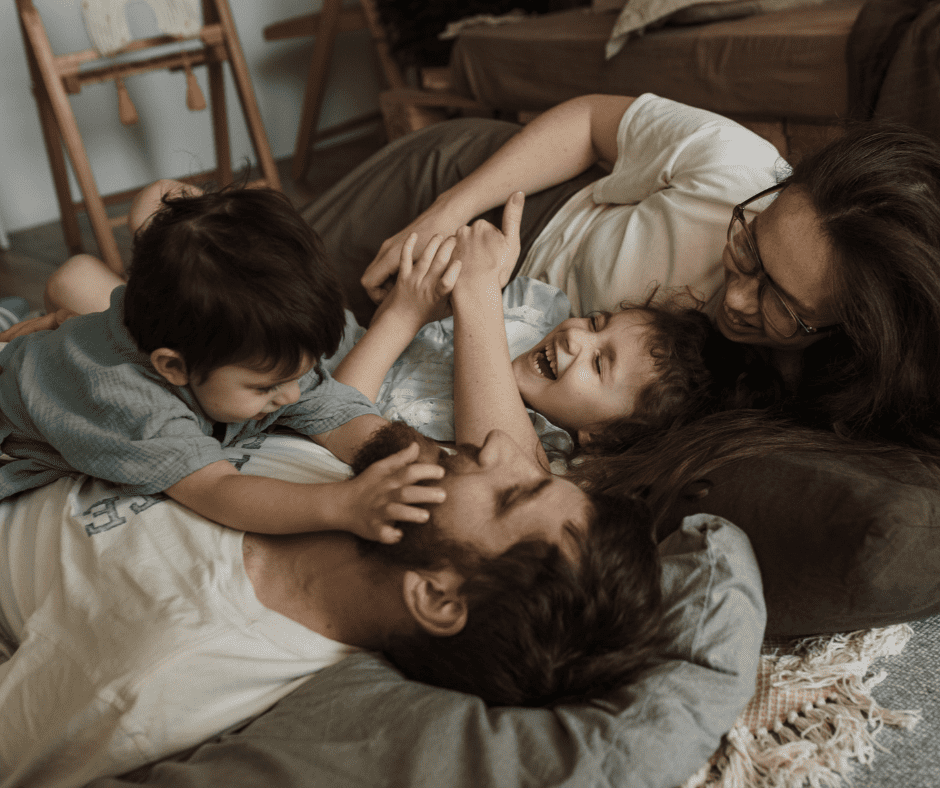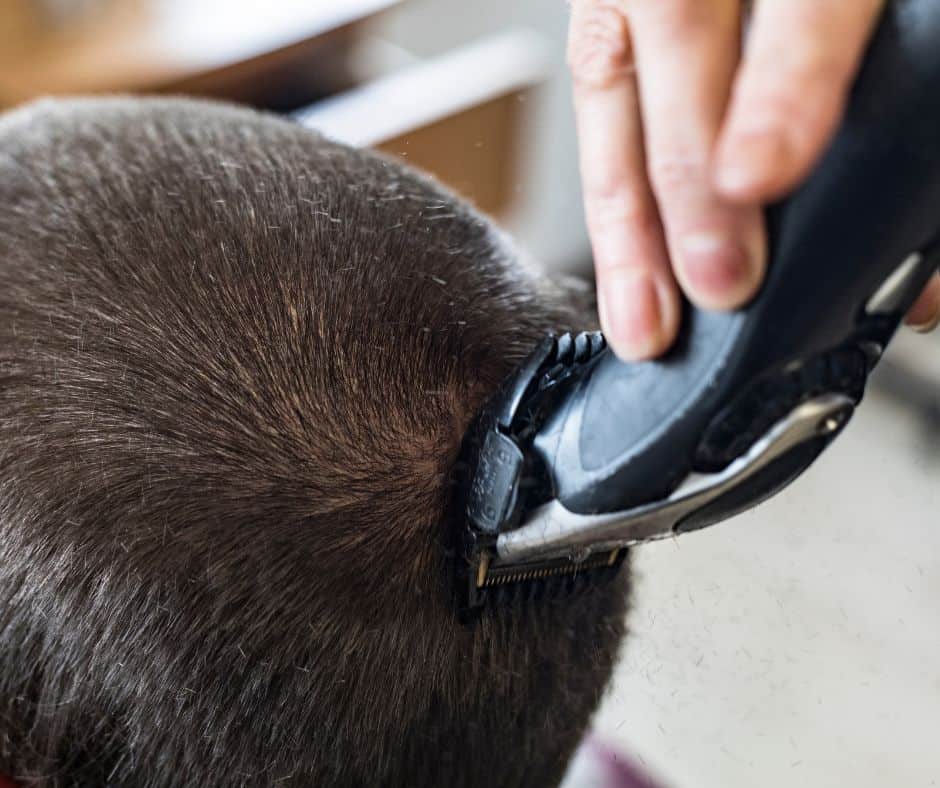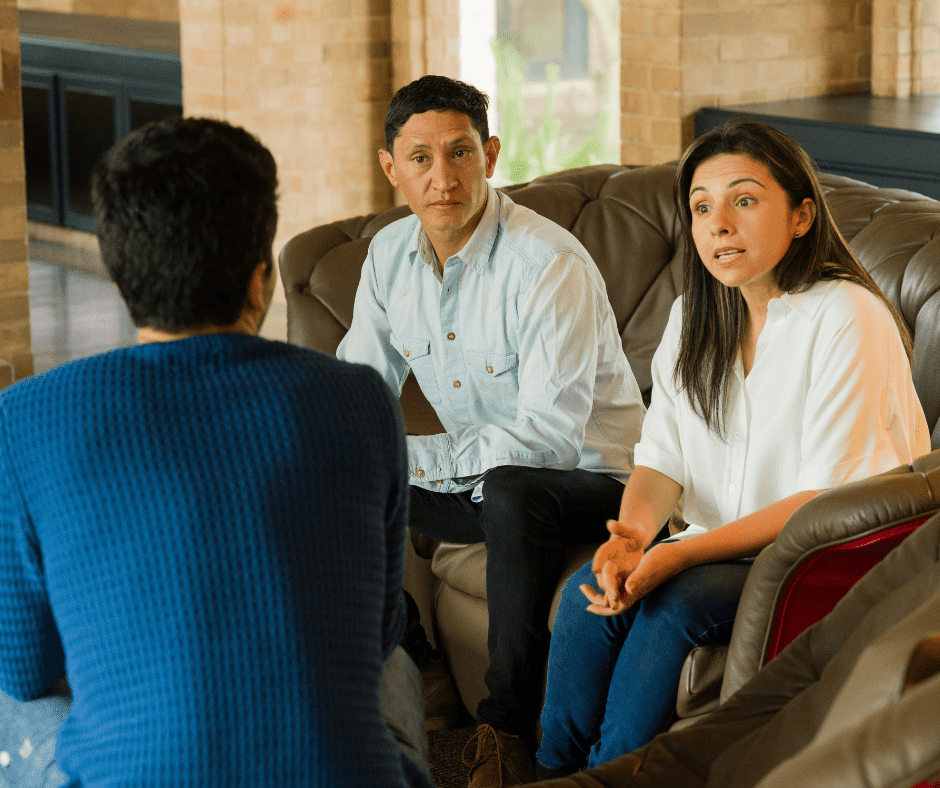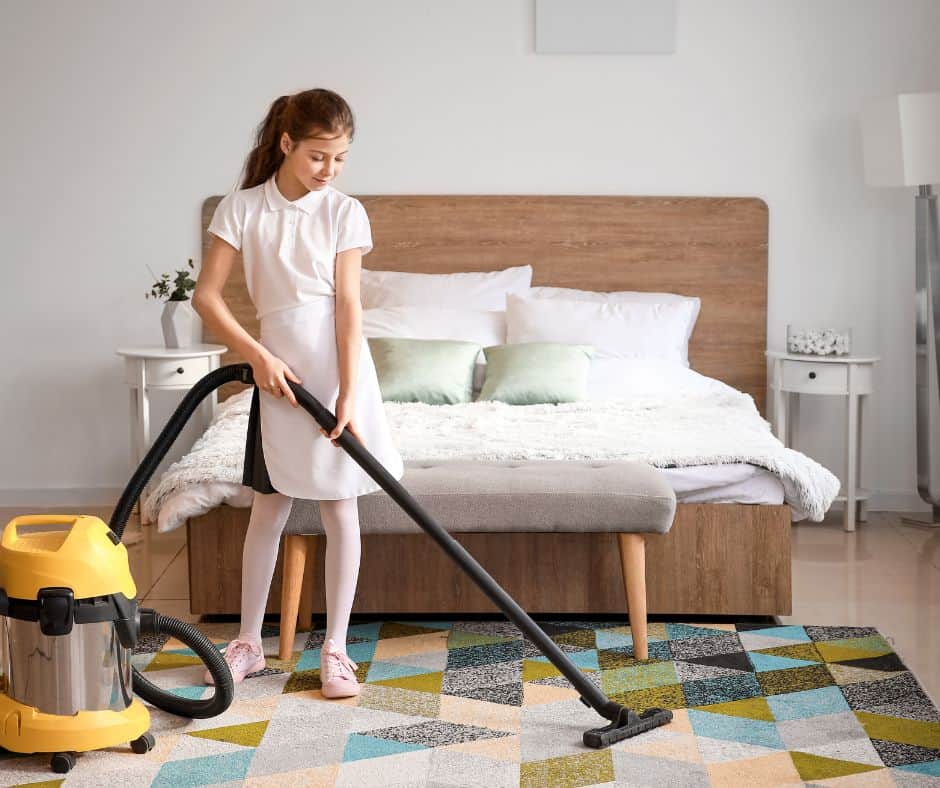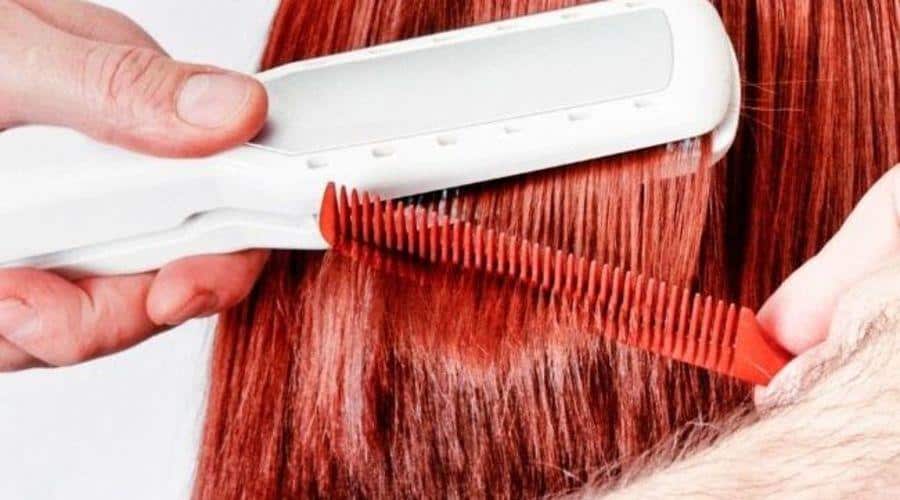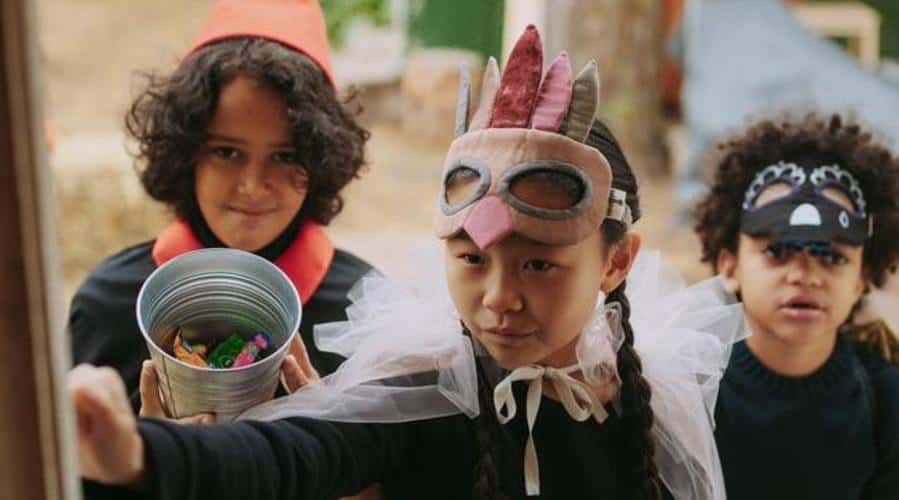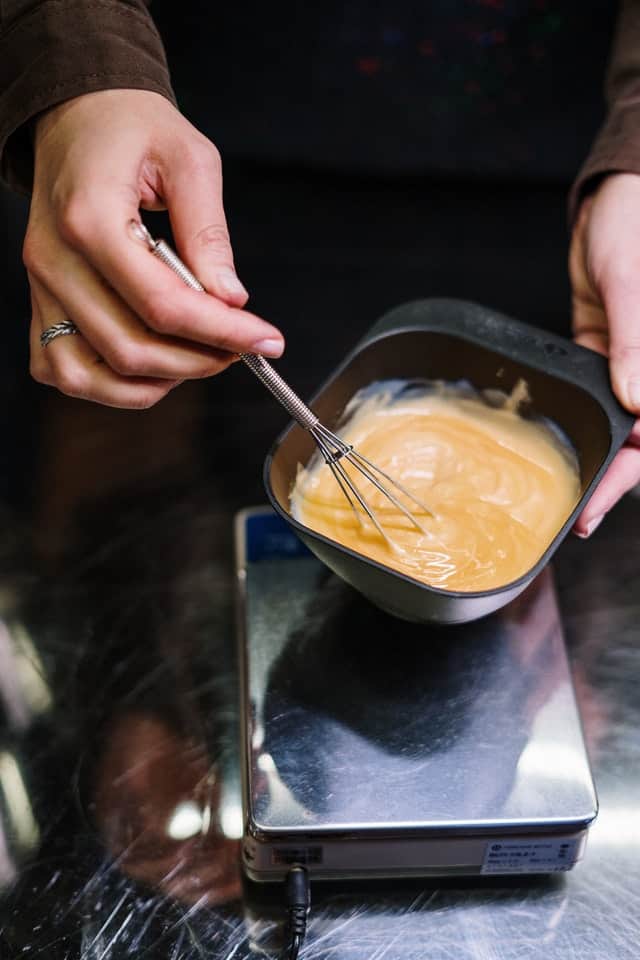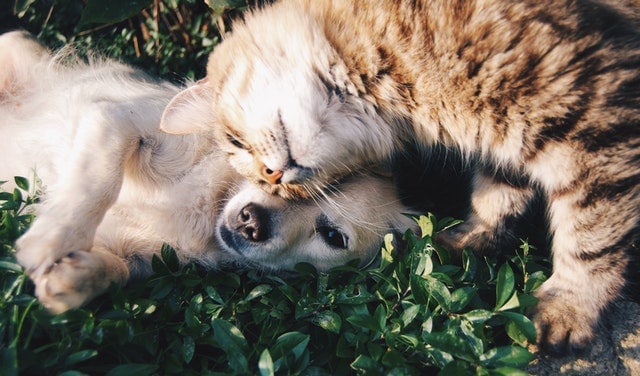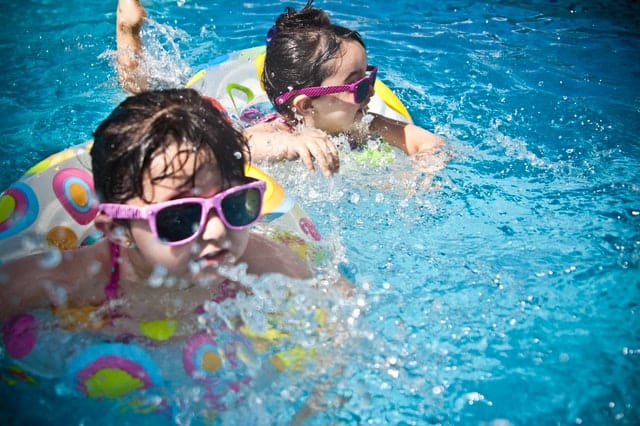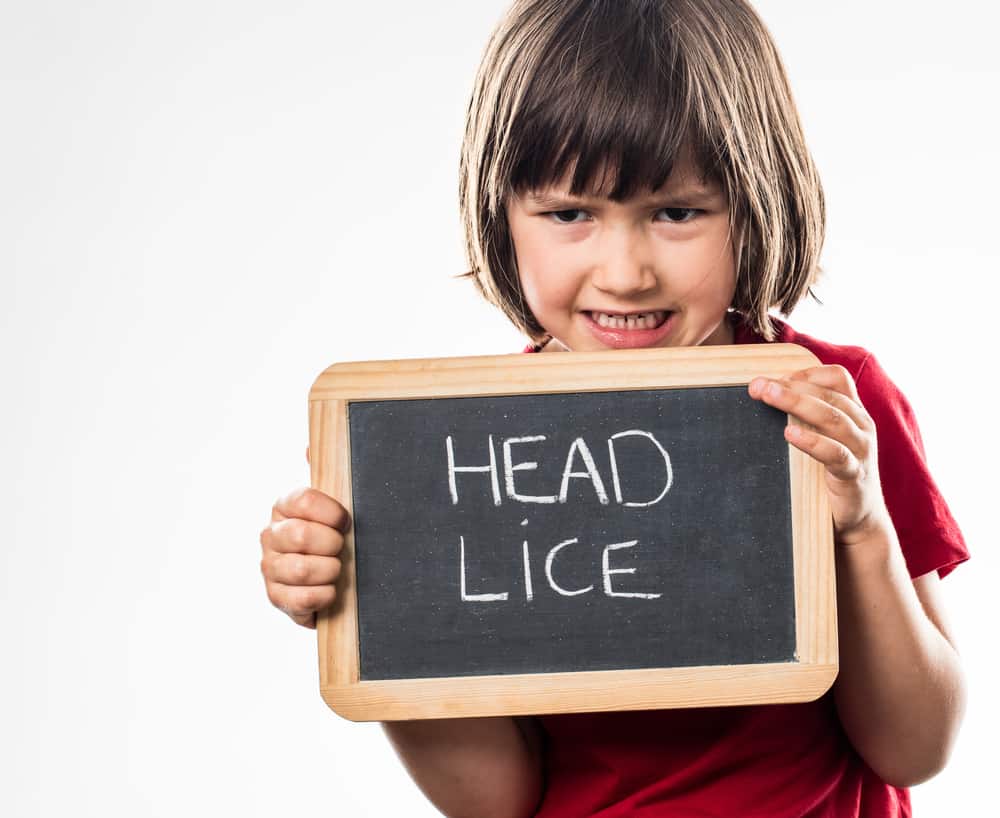Oh No, My Child Has Lice! Now What?
Screening the affected person and all members of the family is crucial to begin the lice removal process and eradicating the problem. Preventing further infestation is also key.
Screening the affected person and all members of the family is crucial to begin the lice removal process and eradicating the problem. Preventing further infestation is also key.
Depending on your infestation level and your budget considerations, we will determine the best treatment option for you. Our goal is to ensure your family is lice free.
Depending on your infestation level and your budget considerations, we will determine the best treatment option for you. Our goal is to ensure your family is lice free.
Because of the concentration of children in these environments, the spread of lice is inevitable. We offer a program where we will come to the location and treat children there.
Because of the concentration of children in these environments, the spread of lice is inevitable. We offer a program where we will come to the location and treat children there.
If you have reached our site, you are probably a parent who knows, or at least suspects, that their child(ren) has lice. You may have received a note from the school, heard it from other parents, even seen the critters in their hair.
Don’t panic! We are here to help!
What Are Lice and How Do You Get Them?
Head lice are tiny, wingless insects that live among human hairs and feed on blood from the scalp. They cannot fly or jump, but they can crawl quickly, at a rate of 9 inches per minute.
An adult louse is very tiny; about the size of a sesame seed. Females are larger and can lay up to eight eggs (nits) every day. Nits hatch within 8-9 days. These “nymphs” take another 8-9 days to grow to maturity and begin reproducing again.
Lice and nits are usually located on the back of the head near the neckline or behind the ears. They may also be in the eyelashes or eyebrows. Lice can live up to 30 days on the head, but only 1-2 days if removed from the host.
Head lice are transmitted from one person to another through direct head-to-head contact. Activities like hugging, sleeping in the same bed, or sharing a brush, comb, backpack, or clothes with someone infected with lice can transfer them as well. Pets don’t get human lice or vice versa because lice are species-specific.
Contrary to some opinions, getting lice is not the result of a lack of hygiene or a dirty environment. Lice need blood to survive, and they don’t care if it’s from a clean or dirty head. Lice do not transmit disease either; however, the presence of those tiny crawly bugs sends most people over the edge. And the itching they cause leads to intense head scratching, which can sometimes cause infections.
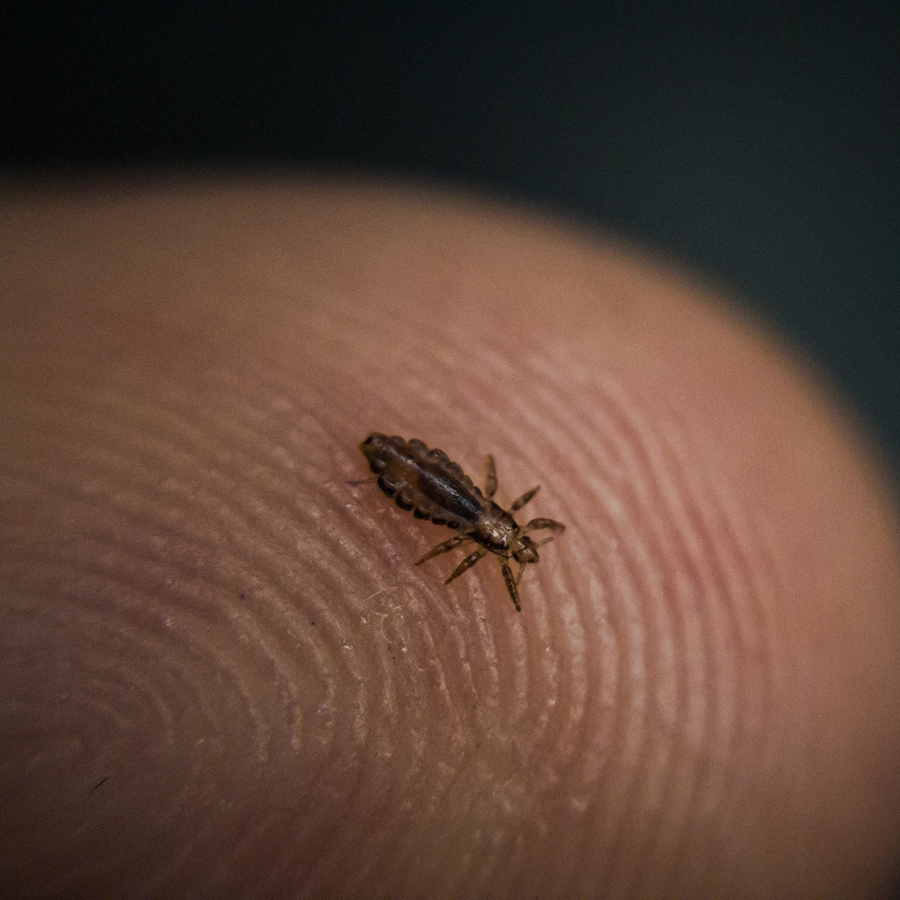

Can You Avoid Exposure?
Unless you keep your children in a bubble, there’s no way to avoid exposure to lice. Lice are highly contagious and can spread quickly, especially in places where many children are present, like schools, daycares, and camps. In fact, lice occur in 6 million to 12 million school kids every year. It’s almost as prevalent and contagious as the common cold.
The important thing is to seek treatment quickly to minimize the impact and transmittal.
What Do I Do if I Think My Child Has Lice?
The most important thing you can do is act quickly. The longer you wait, the greater the infestation will be and the more widespread it will become. Lice Clinics USA provides all the services you need to screen, prevent, and treat the lice to assure peace of mind that the lice infestation is gone!
URGENT CARE FOR LICE REMOVAL:
We Serve The Entire St. Louis Metro Area including:
- Ballwin, MO
- Chesterfield, MO
- Earth City, MO
- St. Louis, MO
- Wentzville, MO
- Wildwood, MO
